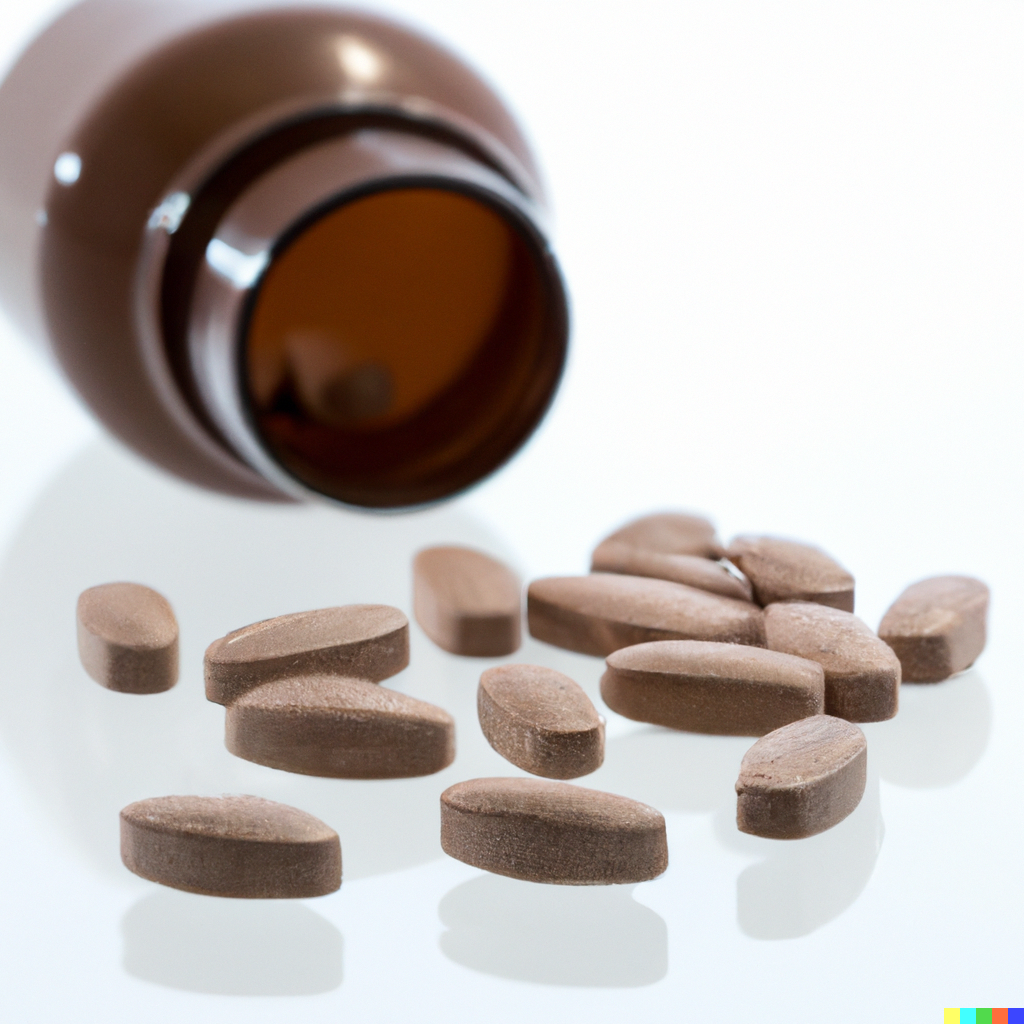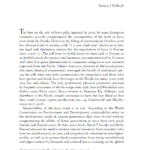
Citation: Minh, Truong Ngoc, Truong Mai Van, Tran Dang Khanh, and Tran Dang Xuan. 2022. “Isolation and Identification of Constituents Exhibiting Antioxidant, Antibacterial, and Antihyperuricemia Activities in Piper Methysticum Root.” Foods (Basel, Switzerland) 11 (23). https://doi.org/10.3390/foods11233889.
Introduction and Background
This paper begins with an insightful introduction that sets the stage for kava research. It discusses the increasing prevalence of diseases caused by oxidative stress, bacterial infections, and hyperuricemia. The authors emphasize the importance of identifying natural remedies to combat these health issues. They note that free radicals, which are highly reactive molecules, can cause oxidative stress, leading to cellular damage. These free radicals can be produced by various means, including environmental factors such as pollution, unhealthy diets, and certain medications. This study highlights that Piper methysticum, commonly known as kava, has been traditionally used in the Western Pacific Islands for its calming effects and potential health benefits. The root of this plant is particularly of interest, and this study explores its bioactive compounds at the molecular level. This sets the stage for the research, making it clear that the study bridges traditional knowledge with scientific validation.
Methodology for Kava Research
The methodology section is particularly robust, detailing the various advanced techniques used for the isolation and identification of bioactive compounds. The authors employ column chromatography, a technique that separates compounds based on their molecular structure and polarity, to isolate the compounds into ten distinct fractions. These fractions were then subjected to a series of spectroscopic analyses. Gas chromatography– mass spectrometry (GC-MS) was used for the initial identification, followed by electrospray ionization– mass spectrometry (ESI-MS) and nuclear magnetic resonance (NMR) for detailed structure elucidation. The use of X-ray diffraction adds another layer of validation because it allows researchers to compare the isolated compounds with existing databases, thereby confirming their identities.
Findings
Thirteen bioactive compounds were successfully isolated, including six flavonoids and seven kavalactones. Each of these compounds is discussed in detail, providing their chemical structures and properties. The flavonoids are particularly interesting; they include 5-hydroxy-4′,7-dimethoxyflavanone, matteucinol, isosakuranetin, 5,7-dimethoxyflavanone, 2′,4′-dihydroxy-6′-methoxydihydrochalcone, and alpinetin. The kavalactones are equally noteworthy, comprising 5,6-dehydrokawain, kavain, yangonin, dihydro-5,6-dehydrokavain, 7,8-dihydromethysticin, dihydromethysticin, and methysticin. This study is the first to report the isolation of certain flavonoids, making it a groundbreaking study in the field of natural product research.
Bioactivity Assays
The bioactivity assay section is thorough and employs multiple methods to evaluate the isolated compounds. DPPH (2,2-diphenyl-1-picrylhydrazyl) and ABTS (2,2′-azino-bis(3-ethylbenzothiazoline-6-sulfonic acid)) assays were used to measure antioxidant activity. The results reveal that the flavonoid isosakuranetin has the highest antioxidant potential among the isolated compounds. For antihyperuricemia activity, the study used the xanthine oxidase inhibitory in vitro assay, where alpinetin showed the most promise as an inhibitor. In addition, this study explores the antibacterial properties of these compounds, particularly against Listeria monocytogenes and Klebsiella pneumoniae. The kavalactones demonstrated significant antibacterial activity, adding another layer of pharmaceutical potential to the kava root.
Significance and Conclusion
The significance of this study is many-fold. First, it pioneered the identification of certain flavonoids in the kava root, thereby expanding the existing body of knowledge. Second, it provides a strong scientific basis for the traditional use of kava root, particularly its antioxidant, antibacterial, and antihyperuricemia properties. Third, the identified bioactive compounds can be used in the development of new pharmaceuticals, nutraceuticals, or functional foods, thereby enhancing the commercial value of kava root.
In conclusion, the authors summarize the key findings and discuss the implications for future research. They suggested that the isolated compounds could be further studied for their synergistic effects and potential applications in medicine. This paper serves as a cornerstone for future research, offering a detailed roadmap for scientists interested in the pharmacological properties of P. methysticum root.



